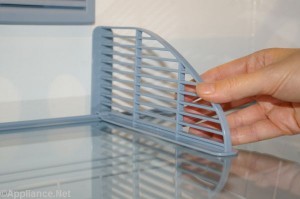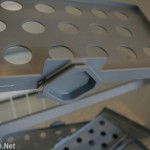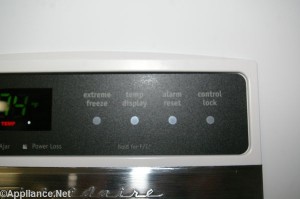In this, the fourth and final segment on steam appliances, we discuss steam washers and dryers.
In a washing machine, steam and water form a dynamic duo. Steam complements water in the cleaning process by keeping the fabrics soft and wrinkle-free. One patent filed by LG Electronics, the company that put out the first home steam washer, explains the different advantages that steam can offer when applied in three different stages of a washing machine cycle:
* Pre-wash phase: While the water loads into the wash tub, the steam works with the water to help soak the fabrics more thoroughly.
* During the washing phase: If added while the detergent is mixed with the water, the steam increases the temperature of the wash tub to improve the cleaning power, which also helps to activate the detergent. It does this by dissolving the detergent more effectively, to get the most out of it as possible.
* Post-wash phase: Steam added after washing lends more high temperatures to the tub to sterilize the clothes. It also softens the clothes to remove hard wrinkles that formed while the clothes tossed in the tub.
Steam washing machines use less power and consume less water than conventional models. A little bit of water can produce a lot of steam, which expands to take up more volume.
Nebraska Furniture Mart salesman Scott Price wanted to replace his own top-load washer and dryer, so he chose Whirlpool models that were each $150 more than machines that don’t use steam. He likes how the steam cycle on his washer gets out tough stains . He uses the steam dryer to de-wrinkle his clothes.
“I’m the type of person who throws a load of clothes in the dryer overnight,” Price says. “So the de-wrinkling cycle touches them up in 10 to 20 minutes in the morning.” The dry clothes look better, he says, when he de-wrinkles one item at a time. Price’s observations are in line with Consumer Reports’ test results.
“We found that with washers, the steam does improve the performance somewhat,” says Emilio Gonzalez, senior program leader in the appliance division at Consumer Reports. “With dryers, it’s mixed. They’re great at alleviating odor buildup, so you can freshen up clothes. But they’re not always great with wrinkles.”
Not all steam dryers are the same. They apply different steam in different ways. Maytag models don’t release a stream of pure steam, but rather a fine mist to the clothes. The heat in the dryer then raises the temperature of the mist to turn it to steam. Other dryers use a steam generator to release pure steam to the clothes.
Steam can potentially dry fabrics too. An advanced drying technique involves using superheated dry steam, which is steam that doesn’t contain any liquid water. This kind of steam is purely gas and invisible to the human eye, as opposed to wet steam, which suspends visible water droplets. By super-heating dry steam to a high enough temperature, machines can use steam to dry items. The very hot steam effectively heats moisture to the evaporation point . Then, the dryer circulates the resulting evaporated moisture out of the system and repeats the process. Though intended for industrial dryers, perhaps the technology of super-heated steam dryers will eventually make its way into mass-produced home dryers.




